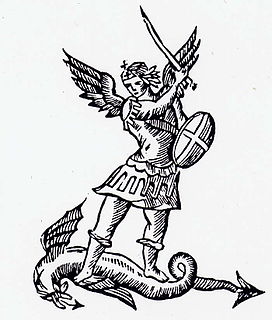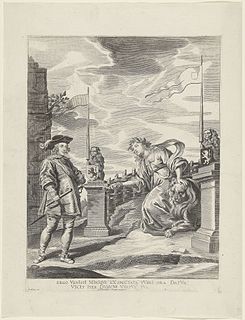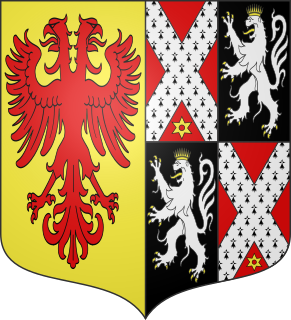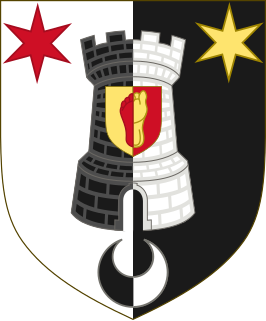 W
WThe Duchy of Brabant was a State of the Holy Roman Empire established in 1183. It developed from the Landgraviate of Brabant and formed the heart of the historic Low Countries, part of the Burgundian Netherlands from 1430 and of the Habsburg Netherlands from 1482, until it was partitioned after the Dutch revolt.
 W
WIn Brussels, like in most European cities, one needed the capacity of bourgeois in order to not only exercise political rights, but also to practice a trade, which, in Brussels, meant to be a member of the Guilds and/or of the Seven Noble Houses. The charter of Brussels, as codified in 1570 in articles 206 and following, provided the conditions of admission to the bourgeoisie of the city. The Bourgeois were the patrician class of the city. This social class was abolished by Napoleon during the French occupation.
 W
WThe Council of Brabant was the highest law court in the historic Duchy of Brabant. It was presided over by the Chancellor of Brabant. One of its functions was to determine that new legislation was not contrary to the rights and liberties established in the Joyous Entry.
 W
WThe Duchess of Brabant refers to a woman married to the Duke of Brabant or a Duchess of Brabant suo jure. But this was only as of 1840 when it was revived as an honorific title for the Crown Prince of the newly created Kingdom of Belgium. There have been only three royal duchesses.
 W
WThe duke of Brabant was formally the ruler of the Duchy of Brabant since 1183/1184. The title was created by the Holy Roman Emperor Frederick Barbarossa in favor of Henry I of the House of Reginar, son of Godfrey III of Leuven. The Duchy of Brabant was a feudal elevation of the existing title of landgrave of Brabant. This was an Imperial fief which was assigned to Count Henry III of Leuven shortly after the death of the preceding count of Brabant, Herman II of Lotharingia. Although the corresponding county was quite small its name was applied to the entire country under control of the dukes from the 13th century on. In 1190, after the death of Godfrey III, Henry I also became duke of Lotharingia. Formerly Lower Lotharingia, this title was now practically without territorial authority, but was borne by the later dukes of Brabant as an honorific title.
 W
WA Joyous Entry is the official name used for the ceremonial royal entry, the first official peaceable visit of a reigning monarch, prince, duke or governor into a city, mainly in the Duchy of Brabant or the County of Flanders and occasionally in France, Luxembourg, Hungary, or Scotland, usually coinciding with recognition by the monarch of the rights or privileges to the city and sometimes accompanied by an extension of them.
 W
WThe Seven Noble Houses of Brussels were the seven families or clans whose descendants formed the patrician class and urban aristocracy of Brussels.
 W
WThe Taking of Diest was a successful surprise assault on the town of Diest, in the Duchy of Brabant, during the Dutch Revolt.
 W
WThe van der Meulen family of Brussels was an important bourgeois family of freshwater fish merchants. Many of its members were deans of the guild of freshwater fish merchants.
 W
WThe Van Dievoet family is a Belgian family originating from the Duchy of Brabant. It descends from the Seven Noble Houses of Brussels and its members have been bourgeois (burgess) of that city since the 1600s. It formed, at the end of the 17th century, a now extinct noble Parisian branch called Vandive.
 W
WThe War of the Brabantian Succession was a war of succession triggered by the death of John III, Duke of Brabant. He had no sons, and as the Duchy of Brabant had a tradition of male (agnatic) primogeniture, his three daughters and their three husbands, namely the dukes of Luxemburg and Guelders and the count of Flanders, claimed the inheritance.